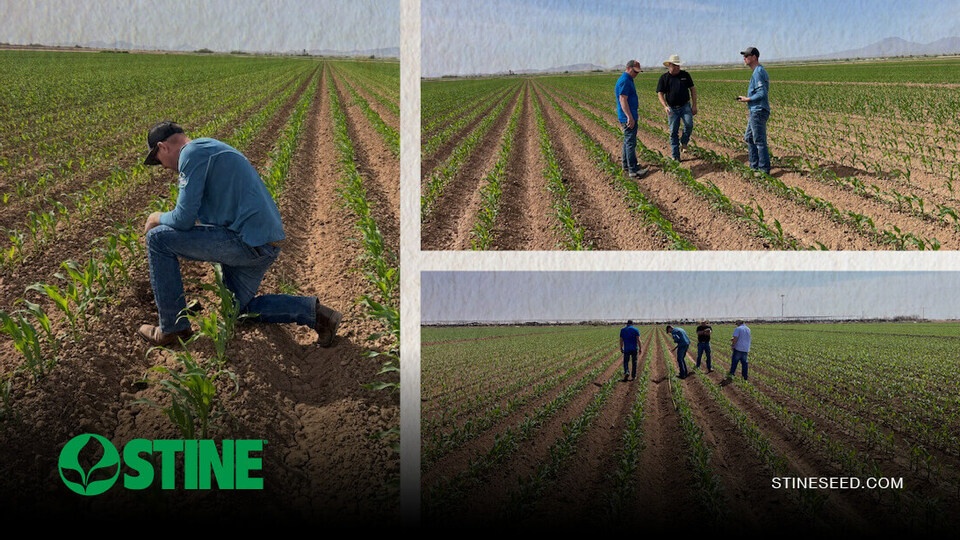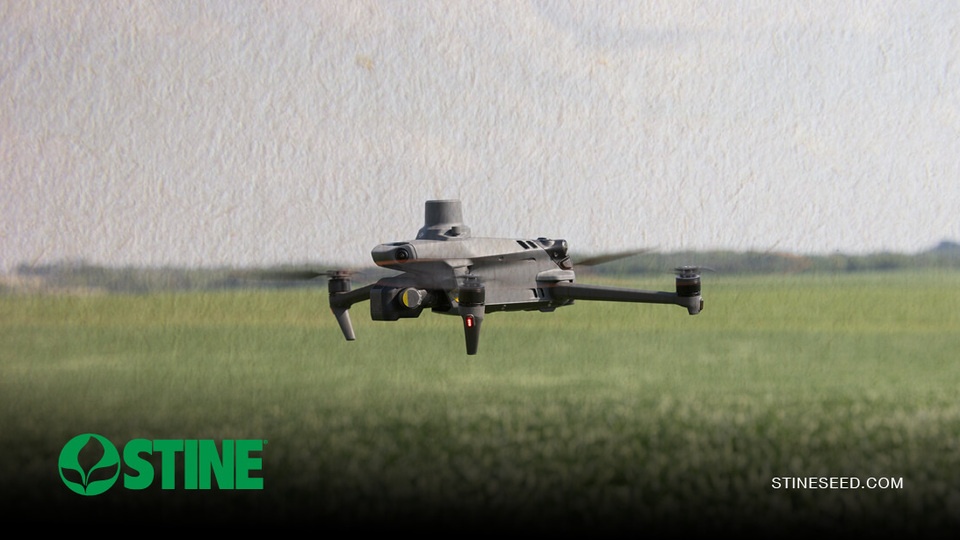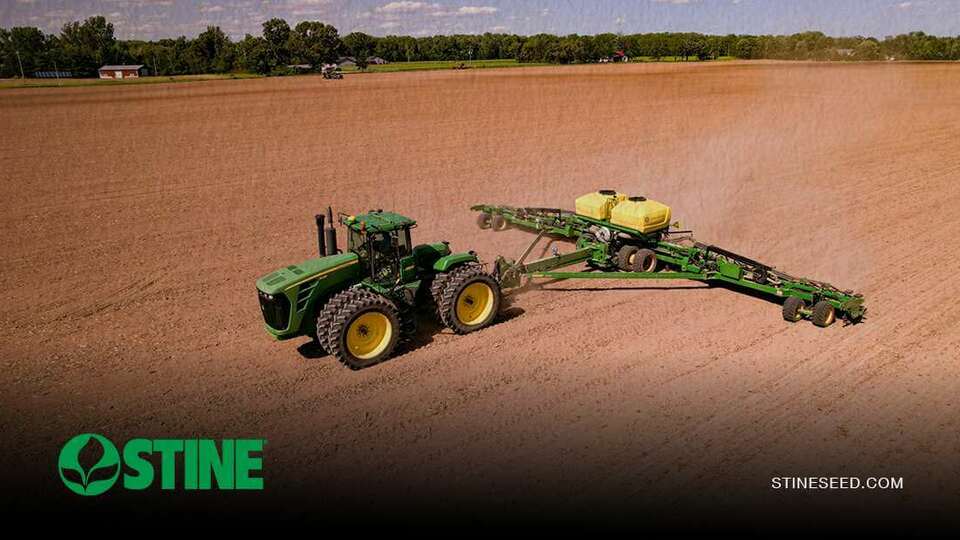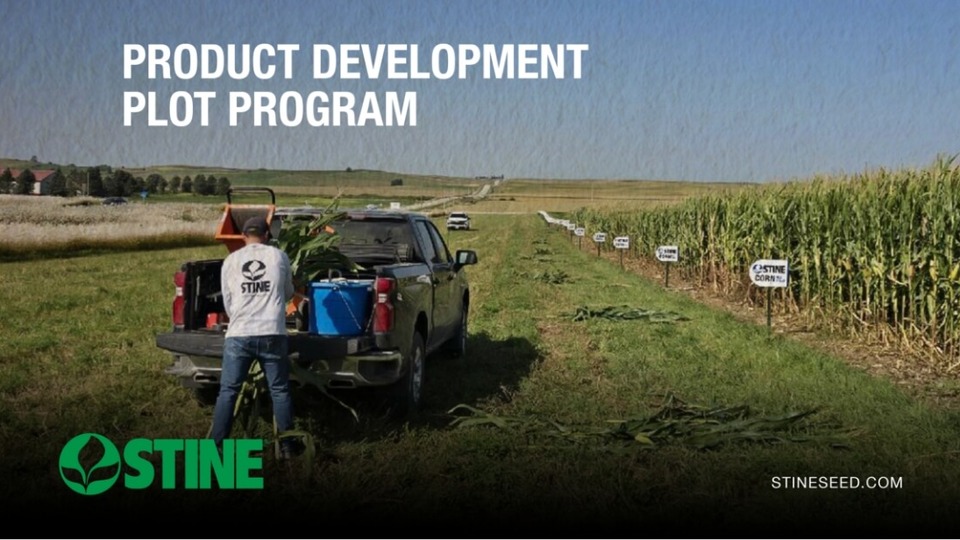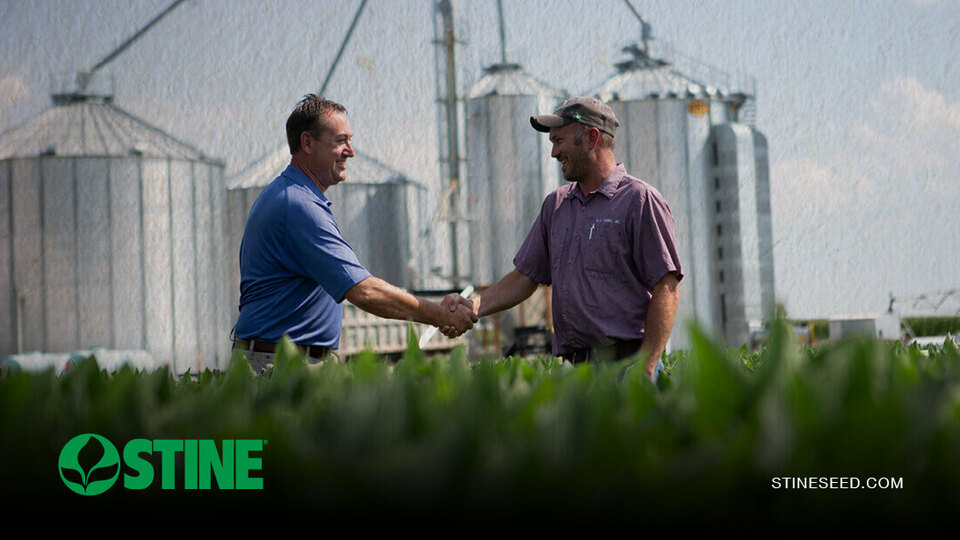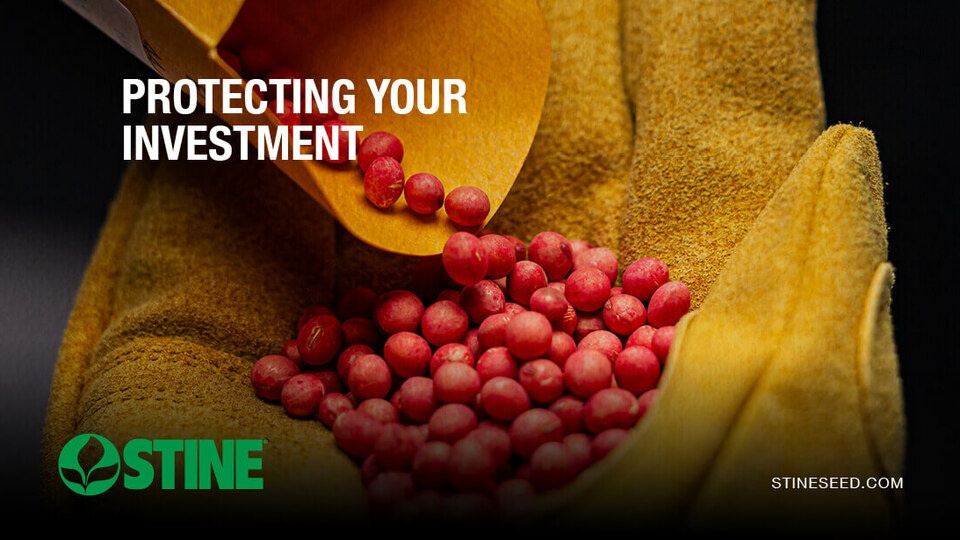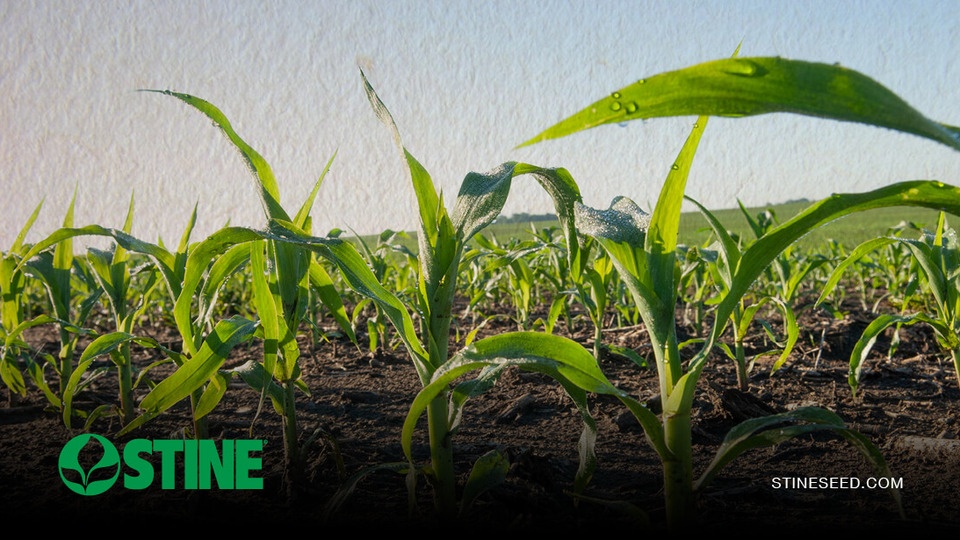Stine Seed Blog
Stine’s Ask the Agronomist blog is your source to the latest information from our expert team, including advice and insight on field practices, product recommendations, planting and harvest updates, new technologies, crop management, innovative research and information about how to keep your farm operation running smoothly year round.
-

Planting: A season of potential
April 2025 in Agronomy
-

Stine corn is proving its value as silage for southwestern dairies
April 2025 in Agronomy
-

Beyond the seed: Myron Stine speaks at the World Food Prize DialogueNEXT
April 2025 in Agronomy
-

An evening celebrating women who grow, lead and inspire
April 2025 in General
-

Harnessing the power of AI and machine learning in agriculture
March 2025 in General
-

When is it time to start planting? Key considerations for a strong start
March 2025 in Agronomy
-

Women in agriculture: Celebrating leadership, resilience and community
March 2025 in General
-

Behind the seed: Stine’s agronomy team elevates product performance through the PDP program
March 2025 in Agronomy
-

Reminder: Sign up for the Stine® Yield Maximizer Program
February 2025 in Agronomy
-

Celebrating Stine’s 2025 Directors Council
February 2025 in General
-

Protect your investment: The role of seed treatments for a healthy start
February 2025 in Agronomy
-

The Stine® difference: The value of Stine’s seed corn production process
February 2025 in Agronomy


